LCD Display
Liquid Crystal Display, the liquid crystal display. The LED display refers to a type of liquid crystal display (LCD), that is, a liquid crystal display with LED (light emitting diode) as the backlight source. Here is an explanation of the working principle of TFT LCD.
Advantages:
Low cost and long life: LCD display technology is relatively mature. Compared with OLED, LCD has lower manufacturing difficulty and cost, and has a longer life.
No stroboscopic: The backlight source of LCD is an independent white LED backlight panel, so basically no flicker can be achieved;
High pixel density: the same resolution, LCD display is clearer than OLED display.
Disadvantages:
High power consumption: LCD products are thicker and consume more power than OLEDs because LCDs require additional backlight sources;
Low contrast: LCDs cannot turn off the backlight when displaying black, but instead block the light with liquid crystal molecules, thus appearing an off-white color.
OLED display
Organic Light-Emitting Diode (OLED) refers to the phenomenon in which organic semiconductor materials and light-emitting materials are driven by an electric field and lead to light emission through carrier injection and recombination. Under the action of the electric field, the holes generated by the anode and the electrons generated by the cathode will move, injected into the hole transport layer and the electron transport layer, respectively, and migrate to the light-emitting layer. When the two meet in the light-emitting layer, energy excitons are generated, thereby exciting the light-emitting molecules and finally producing visible light.
Advantages:
Each pixel of the OLED screen is self-illuminating, so it is thinner and lighter than LCD;
Low power consumption and flexibility: Compared with LCD, OLED saves the structure of backlight, liquid crystal and color filter, lower power consumption, and can realize flexible display;
High contrast, high brightness, high luminous efficiency, and brighter image colors: OLED is self-luminous, so it can be completely non-luminous when necessary, and the display black is more pure;
The unit response speed of the OLED screen is faster than that of the LCD screen
Disadvantages:
OLED screen burn-in hidden danger;
The life of blue OLED is relatively short;
The stroboscopic phenomenon is obvious, the color is bright and there is a color cast problem, which will cause harm to the eyes when used for a long time;
The pixel density is low, the same resolution, the display effect is not as good as the LCD display effect.
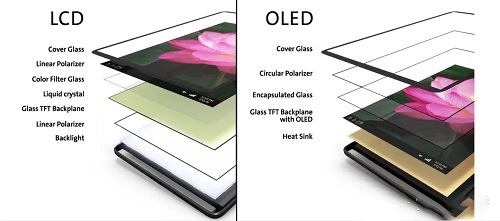
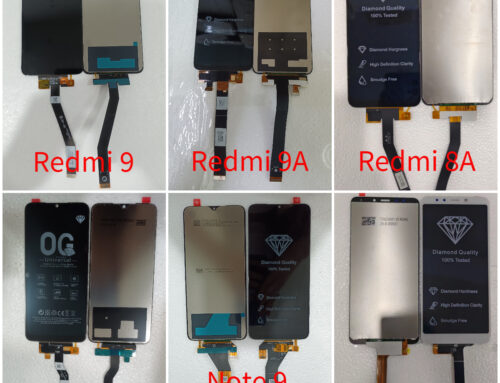
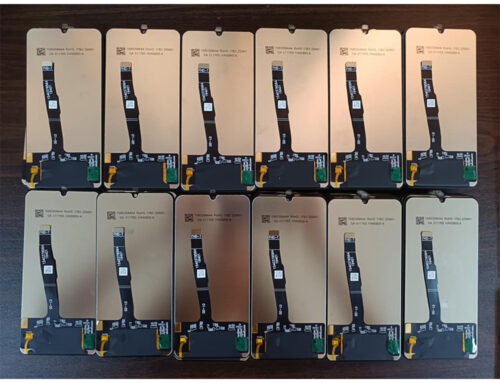
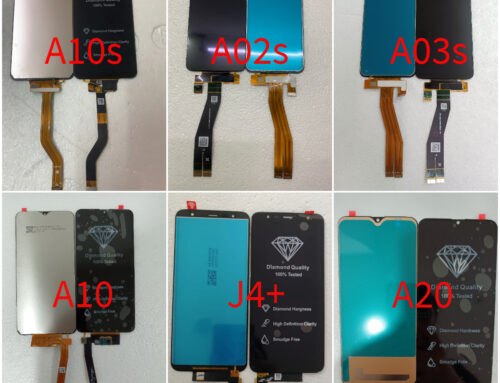
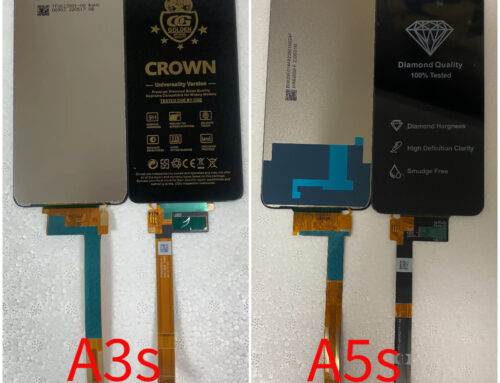
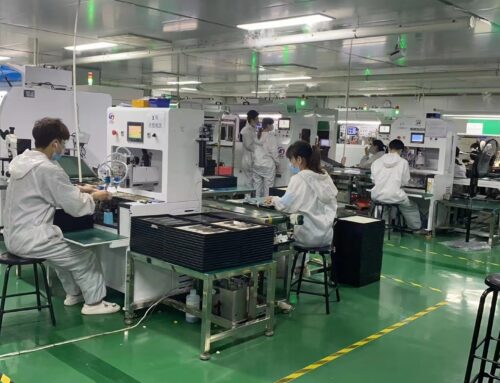
Leave A Comment
You must be logged in to post a comment.